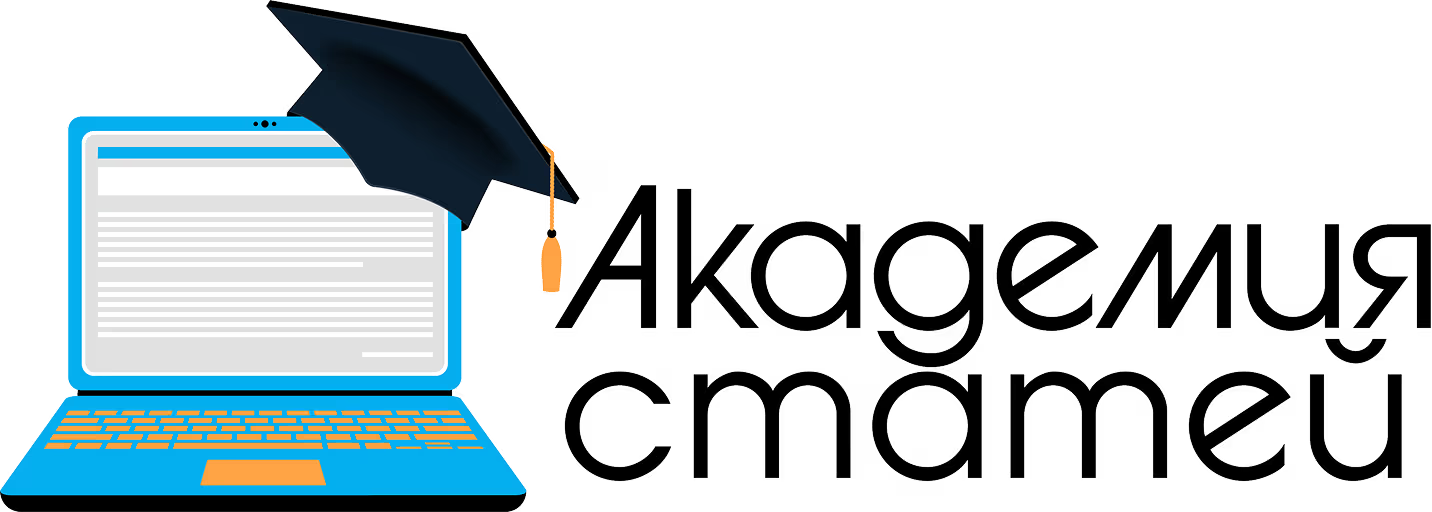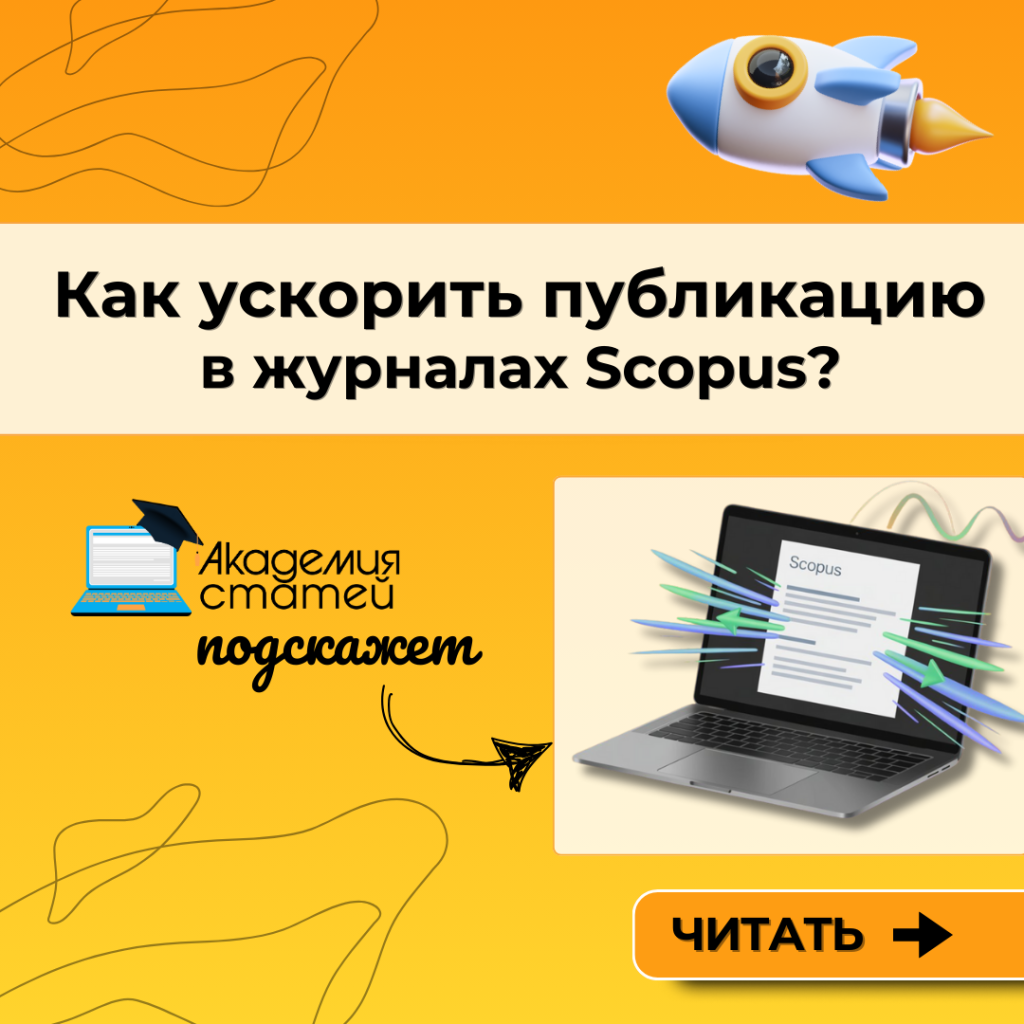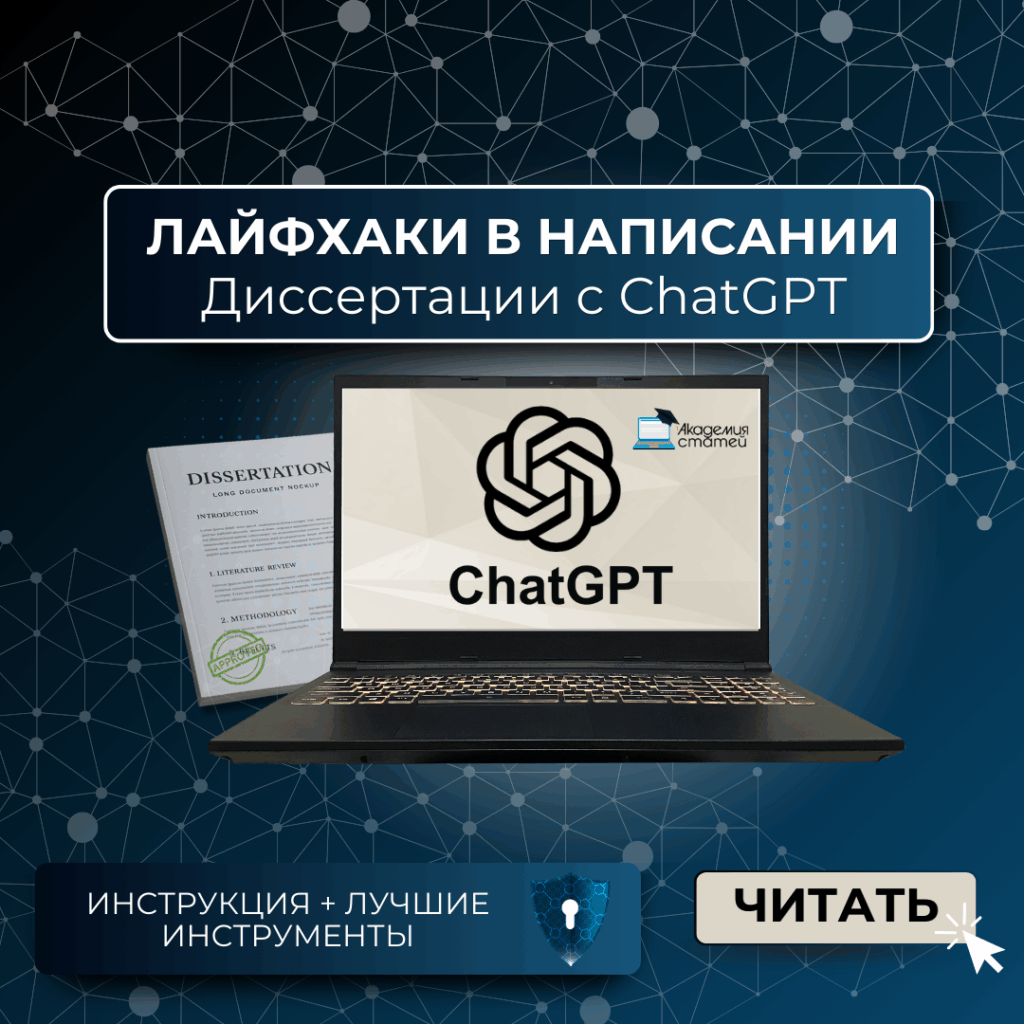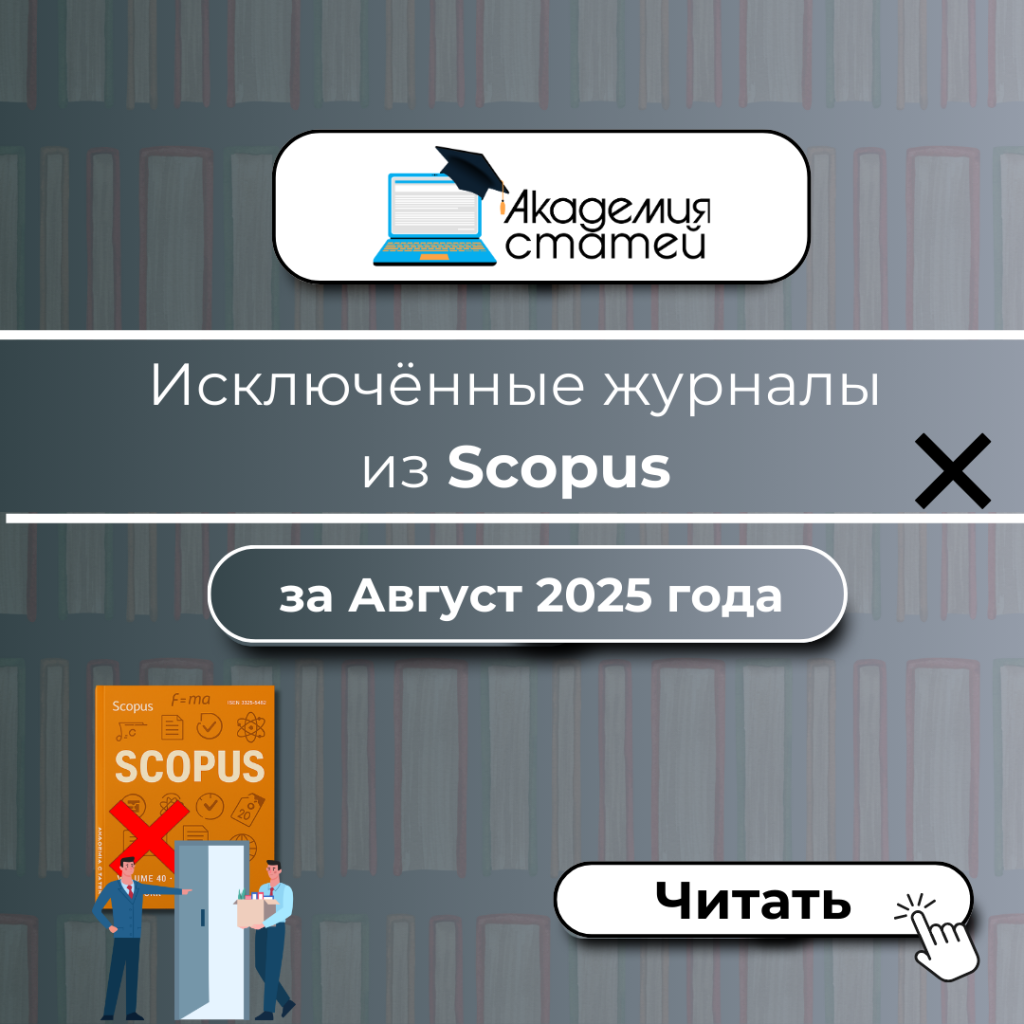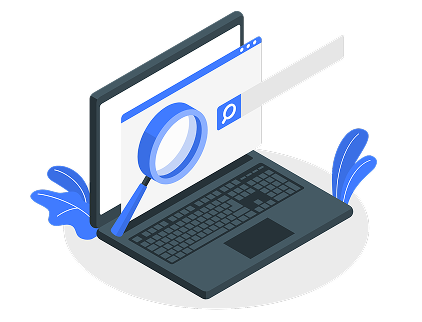The need to write scientific articles — this is something that people involved in science and teaching inevitably encounter. Publishing scientific articles is the easiest way to establish yourself in the global community, share your discoveries, and gain the opinion of respected scientists on your research results. In this case, you can publish materials in conference abstract collections, in specialized scientific journals registered in a specific country, and in journals indexed by international scientific databases such as Scopus and Web of Science. The latter are considered the most authoritative, but their publication comes with a number of requirements, including high standards for the uniqueness of the material, the relevance of the topic, the use of high-quality specialized terminology, and much more.
Among the challenges, it's worth noting the sometimes lengthy review and publication process (in some cases, you have to wait up to a year or two for publication), and the fact that publication isn't always free (it all depends on the journal, but publishing an article in some can cost up to $3,000-4,000). However, whether you're writing an abstract for a university conference or preparing material for publication in Scopus, you must approach the writing process with the utmost responsibility. Plagiarism, paraphrasing, and compiling other scholars' ideas and thoughts are unacceptable, as it's important that the prepared article have scientific value, practical significance, and be original. To achieve this, it's essential to select high-quality, up-to-date literature relevant to the research topic. It's important to note that the literature should not only be relevant to the research topic but also be current—published no earlier than five years prior to the publication date of your article.
Why is it important that 80% literature in articles is not older than 5 years?
This "age limit" on sources is entirely justified. If we use only outdated materials, what novelty can we possibly expect? A scientific paper should reflect the results of independent research, analyze existing approaches to solving a problem, consider the various opinions of authoritative scholars who have contributed to the development of the topic, and so on. At the same time, the work should not be an abstraction or a compilation of others' ideas. Using outdated data will make it difficult to propose something new and write an original work that will be useful for science. At the same time, when developing a new topic, it is also difficult to move forward without a base of relevant literature. This is why there is a time period considered "adequate" in terms of the "age" of the literature used.
To make the process of writing a scientific article as enjoyable and simple as possible, we recommend reviewing our list of resources for finding verified literature.
List of resources where you can find verified literature:
Google Scholar — This is a specialized service for searching scientific publications and books from around the world. Google Scholar lets you find literature in any language you need. The articles found are divided into two types: some are open access, while others require a fee. The database contains various publications, created using digitalization technology for previously published scientific papers. It's worth noting that the system's search robots regularly scan the web, and therefore the database is constantly updated. However, they are only interested in publications that are formatted as scientific articles—reviews, blogs, news articles, or fiction books are often overlooked. The system is also supplemented by partner organizations—various journals and publishers. Literature searches in Google Scholar are performed by the following parameters: author, publication title, and research topic.
Scopus — This is the world's largest unified abstract multidisciplinary database of Elsevier Publishing House. The Scopus database is a source of information on the publication activity of scientists, the number of articles published by an organization and its ranking, the quality of publications as assessed by the global community, the quality of a country's journals in comparison with global publications in the corresponding subject area, the status of an employee, department, or the entire organization, and the directions of scientific development in the country and its achievements. The capabilities of the database are extremely broad: thematic search, associative search of documents, author search, source search, including publication of one's own works, access to full texts of open-access documents, to journal websites, obtaining citation data for authors, organizations, and journals. Advantages of the database: completeness and retrospective depth (one of the largest existing databases in the world); the ability to search by many parameters: by last name, keywords, title of journal, article, author's affiliation, publication language, abstract, references, conferences; the absence of an embargo and the appearance of many annotations before the release of the printed version.
SpringerLink This is the largest web portal with nearly 10 million scientific materials of various types. These include books, articles, encyclopedias, and more. The site has maintained an archive of journals since 2005. It is a true treasure trove for both teachers and students. Among the portal's advantages are: convenient search of posted materials, availability of publications in other languages, the diversity of fields of study in which authors conduct research, free access, and much more. The site's interface allows you to view the contents of a selected article without downloading it first. Clicking on a specific publication opens a separate page containing an abstract, brief information about the author, and information about the journal and materials. Research papers typically download in PDF format in just a few seconds.
Web of Knowledge — This is a search platform that brings together several bibliographic and annotated databases of peer-reviewed scientific literature. The collection is based on the Science Citation Index, developed by one of the founders of scientific metrics, Eugene Garfield, in the 1960s. Access is by subscription. Users can search by title, author name, and publication year. Results are presented in a list of 10 to 50 items. If the full text is open access, it can be viewed free of charge. Document types, authors, sources, publication years, institutions, funding organizations, languages, and countries are automatically displayed.
JSTOR — This is a digital database of full-text scientific journals (in various European languages), as well as books (humanities, especially English). Access to the database is paid - individual or corporate (corporate JSTOR subscribers mainly use libraries and publications). Readers of the subscription (public) library access the JSTOR database freely.
Wiley Online Library — This is a full-text collection of magazines, which includes approximately 1400 titles. The content base will provide a wide range of disciplines, including chemistry, physics, engineering, agricultural government, veterinary medicine, food science, medicine, nursing, dentistry, life sciences, psychology, business, economics, social sciences, mysticism and humanities. Wiley's publishing portfolio includes nearly 230 gold open access journals and more than 1,300 hybrid journals.
ERIC — The database indexes a wide range of journals from various fields of knowledge, with over 80% articles related to current topics. You can become familiar with these articles by following the posts in related journals posted on the site.
All these resources will be useful when preparing high-quality research papers. The wide selection of sources and convenient search formats significantly simplify this process.
